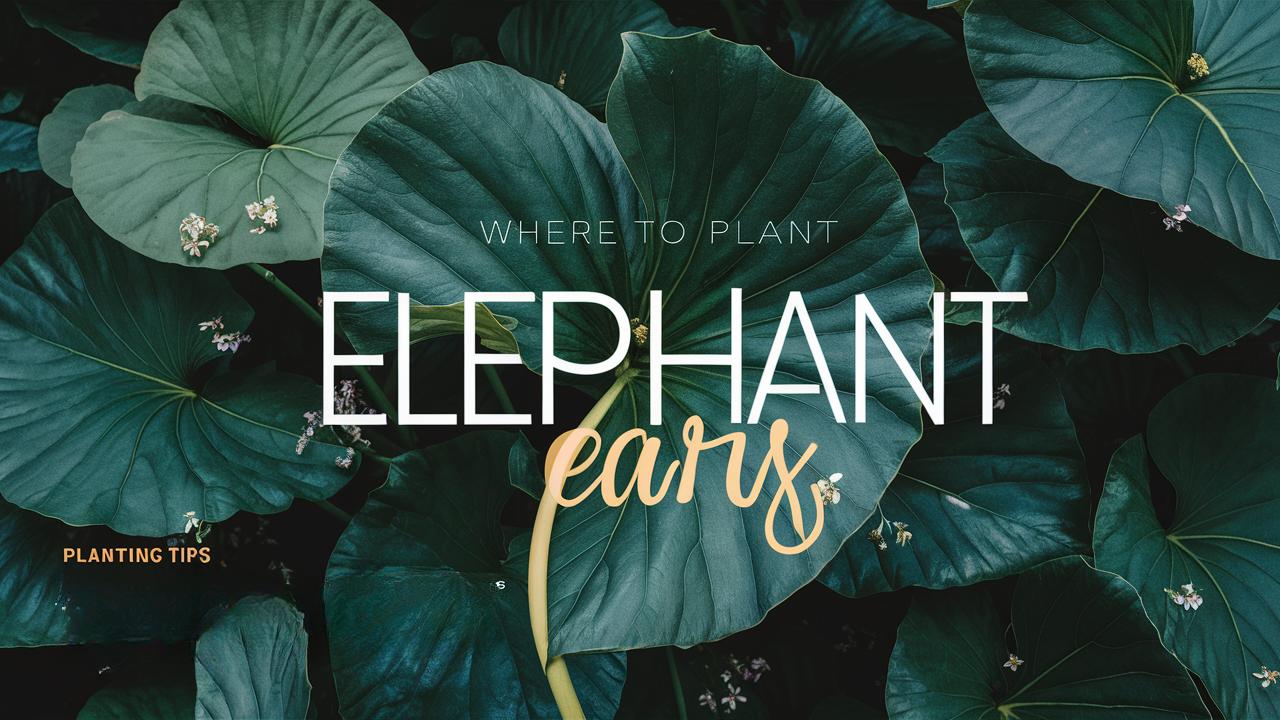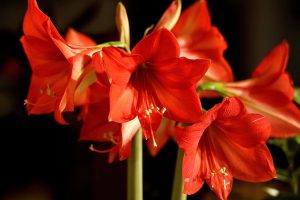In this guide, we’ll explore the ideal environments for growing elephant ears, including factors like soil, sunlight, and climate, as well as specific planting strategies to help your plants flourish.
Understanding Elephant Ears
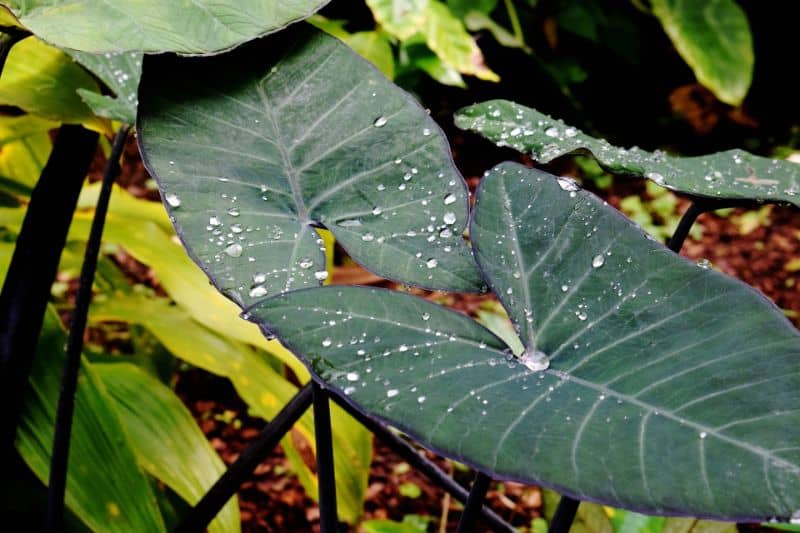
Before diving into the best planting locations, let’s briefly explore what elephant ears are and the different varieties available. Primarily belonging to the Colocasia and Alocasia genera, these plants are native to tropical regions and are often used as ornamental foliage due to their impressive size and lush green color.
Colocasia esculenta, commonly known as taro, is popular for its large sails and is typically seen in gardens for its aesthetic value. On the other hand, Alocasia species, such as Alocasia amazonica, are known for their striking leaf patterns and variations. Both types prefer similar growing conditions, making them suitable companions in your garden design.
Understanding their needs is paramount in determining where to plant elephant ears successfully.
Climate Considerations
Zones and Temperature

Elephant ears thrive in USDA hardiness zones 8 to 11, where the climate remains warm and humid for most of the year. If you’re in cooler zones, you can still enjoy these tropical beauties by planting them in pots and bringing them indoors during the colder months.
When planting, consider your local weather conditions. Elephant ears prefer warm temperatures averaging 65°F to 75°F (18°C to 24°C). They can tolerate some heat but will suffer if exposed to freezing temperatures. If you live in a cooler zone and want to grow these gorgeous plants outdoors, consider planting them after the last frost and creating protective coverings to shield them from unforeseen cold snaps.
Humidity Needs
Elephant ears flourish in humid environments. In drier climates, you may want to mimic their native tropical habitat by increasing humidity levels around them. This can be achieved through regular watering, misting the leaves, or placing a humidifier nearby. Alternatively, you can group them with other moisture-loving plants to enhance the humidity through collective evapotranspiration.
Soil Selection
Well-Drained, Nutrient-Rich Soil

The right soil is critical for the success of elephant ears. They prefer well-drained, rich, and moist soil. A sandy loam that retains moisture but does not become waterlogged is ideal. You can prepare the soil by mixing in organic amendments like compost or well-rotted manure to improve its fertility and drainage.
pH Levels
Elephant ears thrive in slightly acidic to neutral soil with a pH ranging from 5.5 to 7.0. Conducting a soil test can help determine the pH and nutrient levels of your garden soil. If your soil pH is too high, consider adding sulfur to lower the pH or using acidic mulches to create a suitable environment for your plants.
Best Locations: Sunlight Preferences
Partial Shade to Full Sun
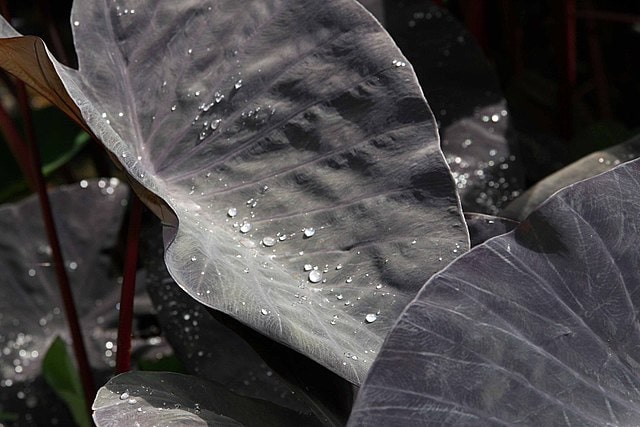
When deciding where to plant elephant ears, the amount of sunlight is a crucial consideration. While they can tolerate full sun, many varieties prefer partial shade, especially in the heat of summer. In regions with very hot climates, offering some afternoon shade can protect the leaves from scorching and promote healthier growth.
A good strategy is to plant them near taller plants that can provide some natural shade, or in locations where they can receive gentle morning sunlight followed by filtered light during the hotter hours of the day.
Companion Planting
Elephant ears make excellent companions with plants that have similar needs. Consider pairing them with other tropical perennials or shade-loving plants such as hostas, ferns, and caladiums. This not only enhances the visual appeal of your garden but also helps create a microenvironment that maintains humidity and soil moisture, benefiting all plants involved.
Planting Techniques
Spacing and Arrangement
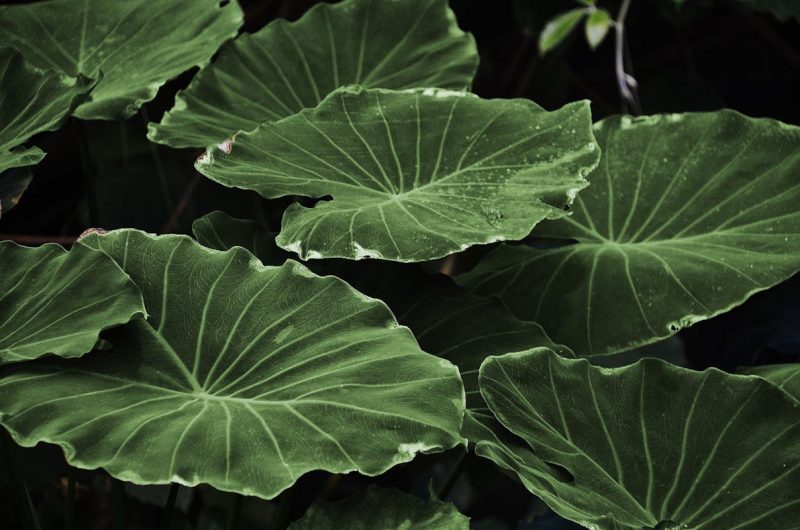
When planting elephant ears, it’s essential to give them enough space to grow. Depending on the variety, you should space them about 3 to 6 feet apart. This allows for adequate air circulation, preventing disease and over-crowding.
You can utilize different arrangements to create stunning visual impacts. Planting in large clumps can produce a bold statement, while mixed plantings can provide a more naturalistic look. Use the height of elephant ears to your advantage by positioning them at the back of flower beds to avoid overshadowing smaller plants.
Seasonal Planting
In warmer climates, you can plant elephant ears in spring as soon as the danger of frost has passed. In contrast, in cooler regions, you may need to wait until late spring or early summer for the soil to warm up. If you opt for pot cultivation, you can start your elephant ears indoors in pots and transplant them to your outdoor garden once the weather permits.
Depth and Watering
When planting, bury the corms or bulbs about 3-4 inches deep to ensure stability while allowing room for growth. After planting, water generously to help settle the soil around the roots. Consistent watering is essential, particularly during the first few weeks after planting. Aim to keep the soil consistently moist but not soggy, as excessive water can lead to rot.
Caring for Your Elephant Ears
Regular Watering Routine
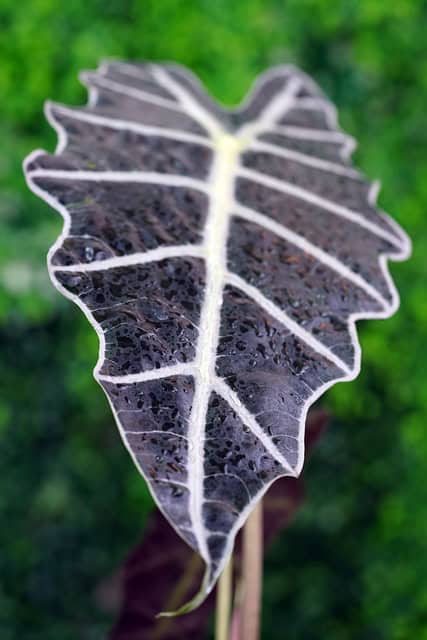
As tropical plants, elephant ears need a substantial amount of water to thrive. Water them deeply, ensuring that the soil remains moist but well-draining. During the hot summer months, you may need to water every few days, while in cooler weather, you can reduce the frequency. Using a soaker hose or drip irrigation system can help maintain moisture without risk of overwatering.
Fertilization Needs
To encourage healthy growth and vibrant foliage, fertilizing your elephant ears is advisable. Apply a balanced, slow-release fertilizer every 6-8 weeks during the growing season. You can also use liquid fertilizers, following the manufacturer’s guidelines carefully to avoid over-fertilization, which can damage the roots.
Pest and Disease Management
Being aware of potential pests and diseases is crucial for keeping your elephant ears healthy. Keep an eye out for aphids, spider mites, and mealybugs, which can take a toll on the leaves. Natural insecticidal soap can effectively control these pests without harming beneficial insects.
Moreover, be cautious about root rot, which can be a significant issue for elephant ears. Ensure your planting site has adequate drainage, and be vigilant about water levels. Should you notice yellowing leaves or wilting, it may be a sign of overwatering or root issues, which require immediate attention.
Seasonal Care: Winter Preparation
Dormancy
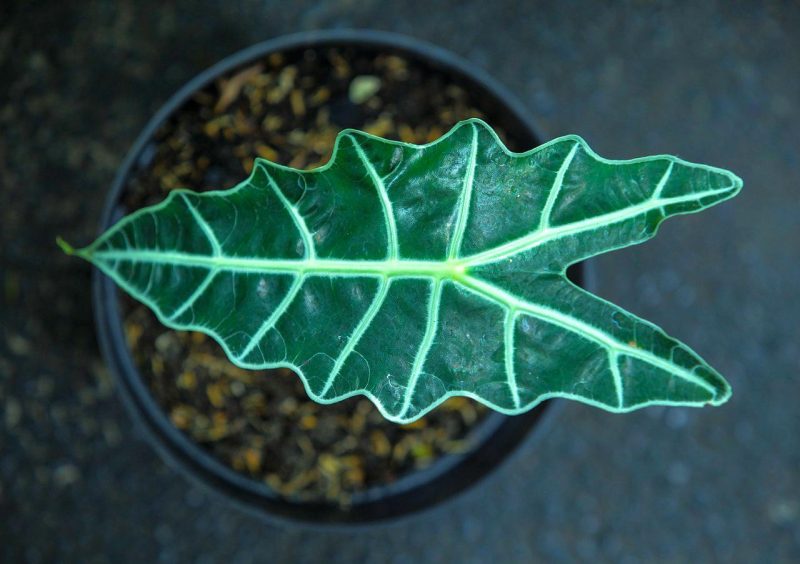
As winter approaches, elephant ears will begin to go dormant, particularly in cooler climates. If you’re in a frost-prone area, you can either dig up and store the corms in a cool, dry place over winter or cover them with a thick layer of mulch to insulate them from the cold.
Indoor Planting Considerations
For those using pots, bring your elephant ears indoors before the first frost and place them in a sunny window. Reduce watering during the dormant season and halt fertilization until the plants begin to show new growth in the spring.
Landscaping Ideas with Elephant Ears
Tropical Garden Themes
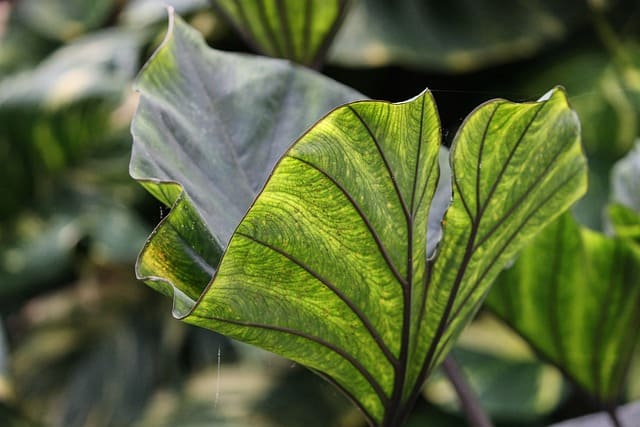
If you’re creating a tropical-inspired garden, elephant ears can be the centerpiece. By combining their dramatic foliage with colorful bromeliads, hibiscus, and even small palm trees, you can produce a lively, exotic flair that transports visitors to a tropical paradise.
Water Features
Elephant ears also pair beautifully with water features like ponds or fountains. The lush foliage can create a stunning backdrop for water lilies or floating plants, enhancing the tranquility of the environment.
Border and Focal Points
Use elephant ears as a border along walkways or as focal points in larger flower beds. Their towering presence can give depth to your garden design, attracting attention and admiration.
Conclusion: The Joys of Growing Elephant Ears
Planting elephant ears can be incredibly rewarding, offering vibrant foliage and unique structure to your landscape. By understanding their needs and choosing appropriate locations, you can create a thriving environment where these stunning plants can reach their full potential.


